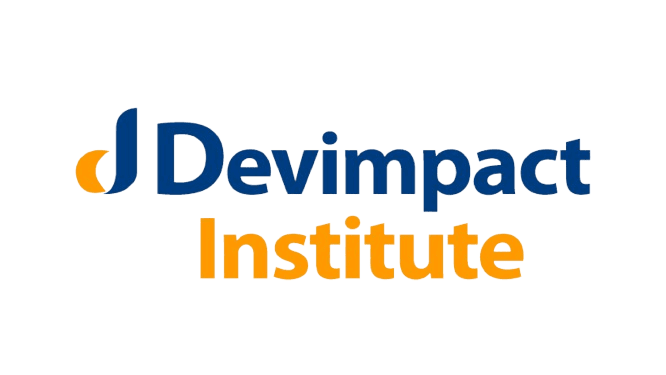
Training on Web-based GIS and Mapping
Training on Web-based GIS and Mapping teaches you how to build GIS web portal using open source GIS end to end solutions. Includes open source GIS software including QGIS, PostGIS, GeoServer, and OpenLayers which all together can deliver the complete GIS solution. OpenLayers makes it easy to put a dynamic map in any web page. It can display map tiles and markers loaded from any source. OpenLayers has been developed to further the use of geographic information of all kinds. Attendees will learn how to create browser-based map applications and display data from a variety of sources. Basic JavaScript syntax will be covered.
In GeoServer attendees will learn how to load, publish, and share geospatial data with GeoServer. Discussion will include navigating the GeoServer user interface, OGC web services, styling data with SLD, and tile caching with GeoWebCache. In PostGIS, attendees will learn about and create spatial databases, load data from a variety of sources into a spatial database, and perform queries against the data. Basic SQL syntax will be covered.
Target Participants
Training on Web-based GIS and Mapping targets GIS users and experts, Geographers, IT experts, web developers, cartographers, Geoscientists, surveyors, planners, software engineers, database administrators, system administrators and M & E experts.
Course Duration
Online 7 Days
Classroom-based 5 Days
What you will learn
- Introduction to HTML, JavaScript,CSS
- Install Geoserver, load GIS data into Geoserver
- Serve vector, raster, and attribute data on the Internet with Geoserver
- Serve data stored in Postgres and PostGIS on the Internet
- Create a client based browser application using OpenLayers 5.0
- Create an application that allows client and server interaction with GIS data.
Handling Spatial Data
- Components of GIS
- Types of GIS
- GIS Capabilities
- Spatial Data types
- Coordinates systems
- Spatial Data Infrastructure (SDI)
Working with PostgreSQL with Postgis
- Installing PostgreSQL with PostGIS Functionality
- Creating a spatial database
- Loading data into a Postgis spatial database
- Displaying Postgres Data as SQL View
- Displaying Postgres Data with SQL filters
Working with Geoserver
- Installing Apache Tomcat with XAMP
- Deploying Geoserver on Apache Tomcat
- Adding, Styling and Displaying Data from Postgres
- Adding, Styling and Displaying shapefiles
- Grouping layers
Creating SLD styles with QGIS
- Load your Data from Postgres into QGIS
- Apply the Desired Styles
- Save your styles as style templates(.sld)
- Import the .sld style templates into Geoserver
- Apply the styles to your layers in Geoserver
Bringing Data into Geoserver and Displaying the Results
- Adding, Styling, and Displaying Shapefiles
- Adding, Styling, and Displaying Data from Postgres
Processing Client Requests on the Server
- Displaying Postgres Data as a SQL View
- Displaying Postgres Data with CQL Filters
- Serving Data from Geoserver to QGIS
Document Object Model and Events
- Intro to the DOM
- What is an object
- Abstraction and Instantiation
- Objects in computer programs
- Going from HTML to the DOM
- Intro to Events
JavaScript and JQuery
- Intro to JavaScript
- Accessing the DOM from JavaScript
- Viewing objects in Developer tools
- Event Handlers
- Variables
- DOM manipulation
- Calculations in javascript
- Loops in JavaScript
- Arrays in Javascript
- Objects and JSON
Interacting with Geoserver from the Client with Openlayers 5
- Open Street Maps
- Adding Static Layers from Geoserver
- Using Openlayers to Request Specific Data from Geoserver
- Increasing Flexibility by Using Openlayers to Request Ad-hoc data from Geoserver
- Mouse Interaction in Openlayers to Trigger Geoserver Responses
- Adding Vector Data from Geoserver to Your Open Layers Application
- Mouse Interaction in Openlayers with Vector Objects

